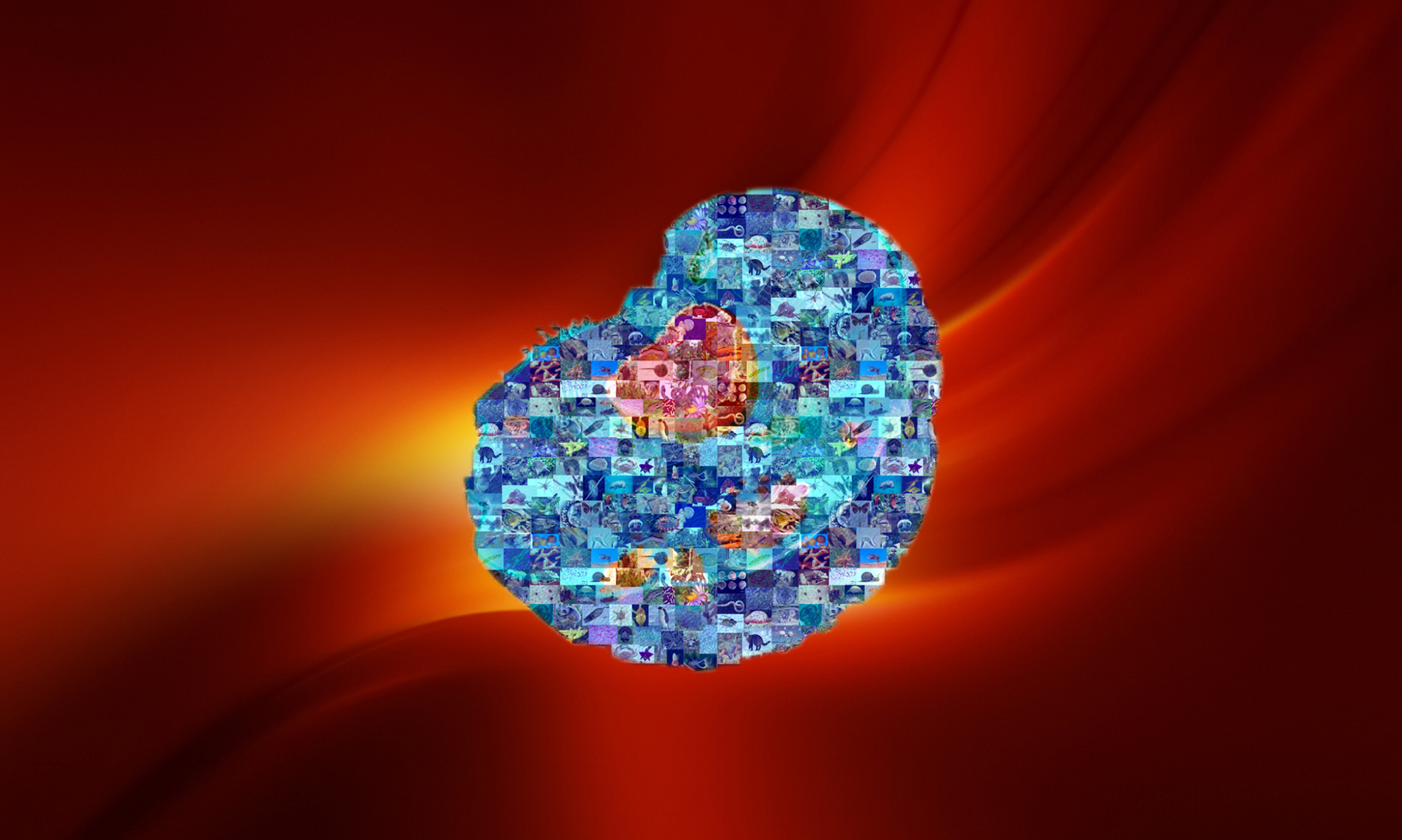I have been recently thinking about the differences we have when viewing the world. But I don’t mean large philosophical differences. What I mean is my eyes let me see certain things and not others. My buddy Steven is a human, not his fault, that’s just the way he was born. Apparently his eyes are somewhat different than mine. Fundamentally our eyes work the same way. They take up reflected light from an object and special cells help us paint a picture of the world.
Special cells in our eyes called cone cells collect color information from the environment. Dogs have two types of cone cells that allow us to see things that are blue and things that are yellow. Humans have three of these cone-cells in their eyes which means that when my buddy and I go to the beach he sees things a little differently than me!

There is another important difference between my eyes and Steven’s. There are a second set of special cells in the eyes of all mammals. Cells called rod photoreceptors, which both dogs and humans have, act as receptors for light. There is a special type of protein in these cells called rhodopsin. Rhodopsin is the protein that captures light.
That is where similarities between dogs and humans come to an end. In my eyes rhodopsin absorbs dimmer light, which means light that has less energy. What this means in practical terms is that my eyes can pick up details in the dark. I wouldn’t call it night vision, but my eyes are better at distinguishing details in light humans may consider dim.
Dogs have a second trick to help us see better in the dark. There is a special structure in our eyes composed of a special protein. It works by reflecting light the same way as reflectors on a bike work. When light hits a reflector the light bounces off and scatters in many directions (including the eyes of a cars’ driver) allowing them to see the bicycle. In a similar manner the light that bounces off of the “tepetum lucidum”, that special structure, of my eye allows the rod photoreceptors to pick up light it might have otherwise missed. This allows me to get a more complete picture of my environment even when there is very little light.
Unfortunately, in very intense light something called photo-bleaching happens and the protein that absorbs light is depleted. This means that I am “blinded-by-the-light” temporarily. After some time my eyes will make more protein and I will be able to see again, but my eyes take twice as long as a human eye to make protein. I have asked Steven not to throw a ball at me when we come in from a walk, but he always seems very eager to play!
Some humans have been interested in how dogs are able to see and perceive the world and have carried out experiments using videos. Unfortunately, it is difficult for humans to understand that a dog’s eye is very sensitive to movement. This means that I don’t see a video in the same way that humans do. Notice how in the video below the clip on the right isn’t as smooth as the one on the left. The right panel is how I see programming on T.V. This means that my researcher friends have to be very careful in interpreting the data from their experiments, since they shouldn’t assume that dogs and humans see the same things.
There are many differences between humans and dogs and how we each see the world. There are also many differences between how different breeds of dog see the world. Over 500 breeds exist, and that’s not even counting mixed-breeds such as myself. Here are a couple of my friends at the park so you can see some of the differences in size and physical activity. The panel on the right shows you how I see other dogs!
There are important differences in how we each see the world based on how far apart our eyes are (think about a wide-eyed Chihuahua and a broad-faced pug). Dogs with longer snouts tend to have their eyes closer together and do better in motion perception tests. This means that humans relate more with how those dogs view the world. Still, it is important to remember that not all dogs will see the world in the same way.
Steven was recently working on something. It is amazing how resilient people can be during hard times. Also, he was commenting on how people adapt to their circumstances and make the best of them. I guess he must have also realized that although dogs don’t see the world the same way as humans our adaptations allow dogs to work well with humans. If he can learn how important it is to recognize and value the differences between each other, perhaps there is hope. Perhaps we will all be able to understand the world is a different place depending on your perspective.
This was fun! Maybe some other time I’ll tell you about elephants or ducks or maybe some more about dogs. In the meantime, if you would like to know more about how dogs see the world check this out. It’s time for my nap!
Bibliography:
Byosiere, S. E., Chouinard, P. A., Howell, T. J., & Bennett, P. C. (2018). What do dogs (Canis familiaris) see? A review of vision in dogs and implications for cognition research. Psychonomic Bulletin and Review, 25(5), 1798–1813. https://doi.org/10.3758/s13423-017-1404-7

My sister saved this internet site for me and I have been going through it for the past several hrs. This is really going to assist me and my classmates for our class project. By the way, I like the way you write.
Wonderful, I am very happy that it helped out. Stay curious!
I in fact liked your blog.Really looking tackle to entre more. Fantastic.